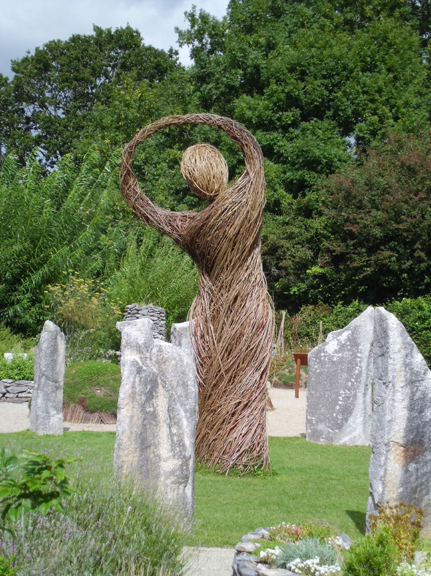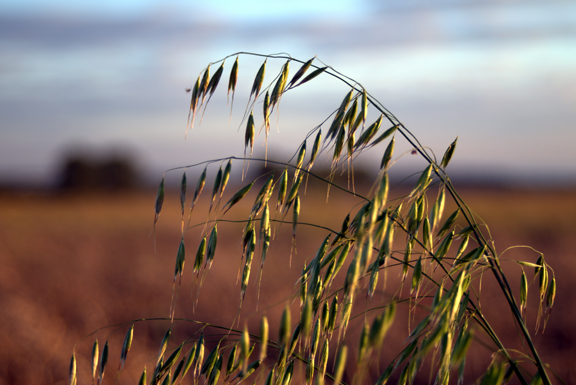All faiths throughout the world and throughout time came from one belief system. Lost to time, this first religion was the predecessor of all faiths and as they grew like a tree from old to new, the branches moved further away from each other creating different belief systems. But as some practices moved from the religious to the secular and from the secular back to the religious, commonality between faiths can be seen that ties them all together and speaks to something older than any of the current religions of the world. Lughnasadh is one of these traditions.
Lughnasadh, which is held on Aug. 1, is one of the four fire festivals of the Wiccan year, the others being Imbolc, Beltaine and Samhain. In today’s world, it is a Wiccan holiday and a Christian festival, but it dates back much further than either of these religions.
Lughnasadh is an Irish Gaelic word meaning “Commemoration of Lugh,” the god of skill, crafts, the law and order of the world. Although he lends his name to the holiday, it was his stepmother Tailtiu who prepared Ireland for the introduction of agriculture, and Lugh is part of the harvest, so therefore the deity of the festival. It is a time to celebrate the first fruits of the harvest as it marks the beginning of fall with the first full moon of the season. Though the crops weren’t completely ready to harvest, they was just starting to produce enough for a feast, so worshipers in Europe took time to give thanks and get on the good side of the gods before the heavy work of the harvest began while preparing for the oncoming challenges of winter.
Even though this festival is a fire festival, it is the least about fire because the weather is typically still so hot. Fire and light are important at Yule and Samhain, but August has no shortage of warmth. Modern celebrants turn more to the aspects of games of skill, eating bread and drinking beer – both wheat products from the new harvest – as they celebrate the approach of fall.
Lughnasadh is mentioned in the early medieval Irish tale “Tochmarc Emire” (“The Wooing of Emer”), which is part of the Ulster Cycle. In this story, Irish hero Cú Chulainn is courting Emer. He is given several tasks to prove his love, one of which is to go without sleep for a year. Emer marks off the points of the year to check in with her, citing the four fire festivals. Despite that this story is recorded in the 10th century, well after the introduction of Christianity, she doesn’t use the Christian holidays nor even the pagan solar holidays of Yule, Ostara, Litha and Mabon. This shows the importance of these fire festivals as markers during the year.
With the widespread adoption of Christianity, Lughnasadh became Lammas Day from the Anglo-Saxon words hlaf-mas, meaning “loaf mass.” This was the same as the pagan holiday in which the first fruits of the harvest were celebrated and a feast was held but, instead of giving back to the earth and dancing around bonfires, a loaf of bread was baked from the first grain harvested – a Lambess – and it was consecrated in the church – hence the loaf mass – before the feast was held when people danced around bonfires. In Anglo-Saxon England, the loaf would then be used to work magic for the coming harvest and winter seasons.
This old tradition can be carried out in new ways, preserved in literature as well. In “Romeo and Juliet,” Juliet is said to have been born on Lammas Eve, or July 31, and her birthday celebrated all through Lammastide, the two-to-four weeks of celebration of Lammas, just as Yuletide is celebrated for a similar amount of time at the winter solstice. This was still a common tradition in Elizabethan England.
Another connection is less direct, found in “The Lord of the Rings.” When Frodo and the Fellowship leave Lothlórien, the magical woodland realm of the Elven queen Galadriel, she gives them Lembas bread. This bread is almost like a hard tack biscuit and “one small bite is enough to fill the stomach of a grown man,” Legolas said. This is author JRR Tolkien’s reference to the Lambess loaf that had blessings meant to sustain the food crop for a long way – all the way to spring.


